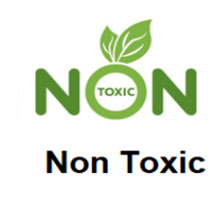Turf Introduction
DIY installation of artificial turf can often present a series of challenges and potential issues
2024-06-14
DIY installation of artificial turf can often present a series of challenges and potential issues. Here are some common problems that one may encounter during the process:
**1. Uneven Ground Preparation**:
A crucial step in installing artificial turf is ensuring the ground is properly prepared. Failure to achieve a flat and even surface can result in bumps or sagging in the turf, affecting its appearance and performance. It is essential to level and compact the ground thoroughly before laying the turf.
**2. Loose or Shifting Turf**:
After installation, sections of the artificial turf may become loose or shift out of position, particularly if they are not properly secured. This can be caused by inadequate gluing or taping, or by using inappropriate adhesives. To prevent this, it is important to use strong and durable adhesives or tapes, and to follow the manufacturer's instructions carefully.
**3. Poor Drainage**:
If the ground beneath the artificial turf is not properly drained, water can accumulate and cause pooling or flooding. This can lead to damage to the turf and create unsafe conditions for use. It is essential to ensure that the ground has good drainage, with appropriate slopes and drainage channels to allow water to flow away easily.
**4. Seam Issues**:
Seams between sections of artificial turf can be challenging to manage, and if not done correctly, they can be visible and detract from the overall appearance. It is crucial to use appropriate techniques and tools to ensure seams are neatly and securely joined. Additionally, using a seaming tape or adhesive can help to strengthen the seams and prevent them from coming apart.
**5. Fading or Discoloration**:
Artificial turf can fade or discolor over time, especially if it is exposed to direct sunlight for extended periods. This can lead to an uneven appearance and reduce the turf's lifespan. To minimize fading, it is recommended to choose a turf material with UV resistance and to regularly clean and maintain the turf to remove dirt and debris.
DIY installation of artificial turf, although possible, requires careful attention to detail and adherence to best practices. It is advisable to consult with professionals or refer to manufacturer's instructions to ensure a successful installation that will last for years.









